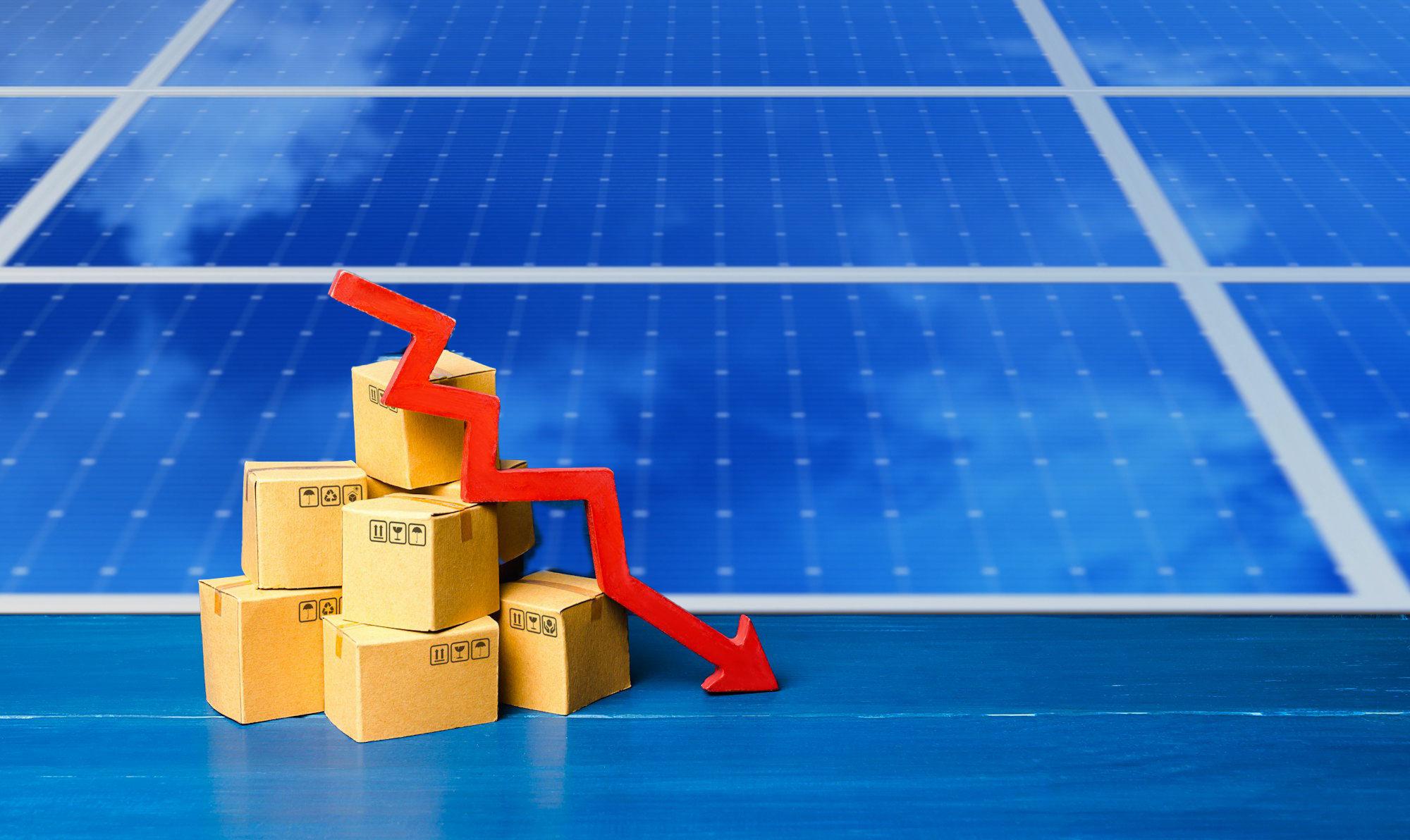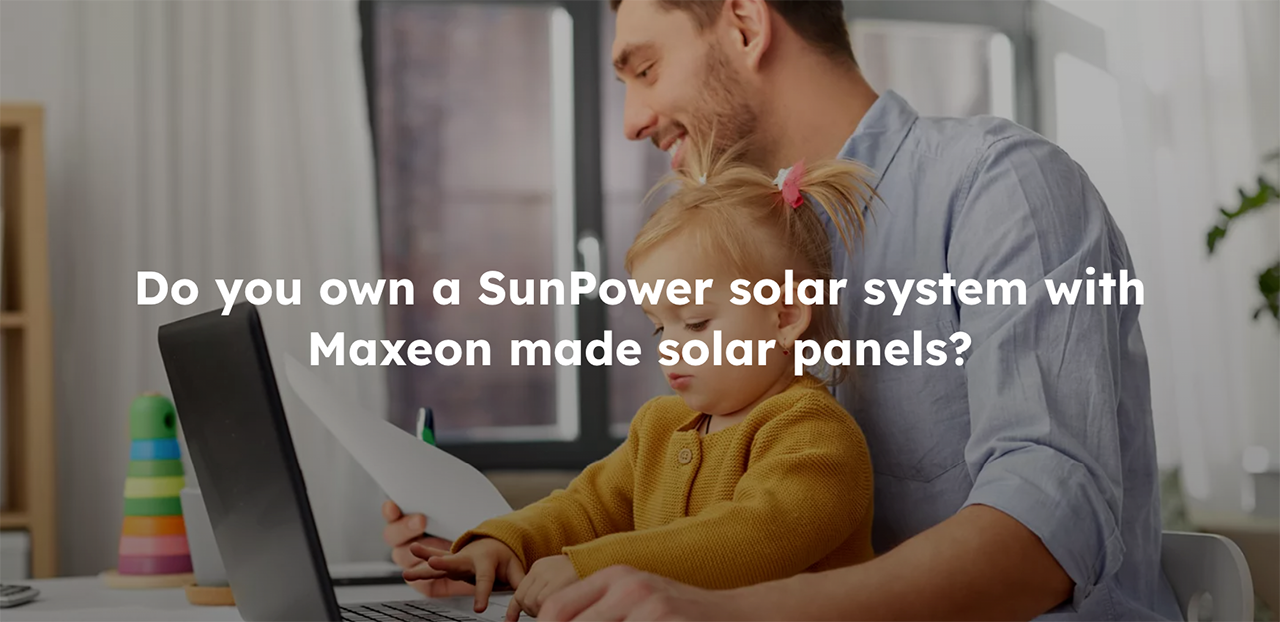Between 2000 and 2016, approximately 8,700 different solar companies installed at least one solar energy system in American homes. However, by the end of 2016, only 2,900 installers were still active. This means that two-thirds of all solar companies had either gone bankrupt or disappeared. For companies like us at SAVKAT, that is a great thing. Get rid of the bad apples and elevate the industry to the promising future we know it has.
Is there a common denominator to all their failures?
We think so. See if you can spot the trend.
It’s important to note that in the solar space, there are sales organizations, installing organizations, service providers, banking/finance providers and more. Lumping them all into a category of “solar company” isn’t necessarily fair as a banking/finance organization can struggle because of interest rate movements; an installing organization can suffer because of labor costs or product shortages and more.
Most of the companies mentioned in the 8700 that closed were smaller solar businesses that only serviced a few homes. However, even some solar heavyweights, like the examples below, have struggled to stay in business over the long term. The list of bankrupt solar companies is long and includes companies of all shapes and sizes.
2020 was an especially tough year for solar companies, as the COVID-19 pandemic restricted their door to door marketing and installation of solar power systems. The majority of solar sales for all these companies came from door-to-door sales, and since that was not allowed, they weren’t able to reach their client base.
Here is a breakdown of some of the most remarkable solar companies that went out of business.
Real Goods Solar: As a pioneer in the U.S. solar industry, Real Goods Solar installed rooftop solar panels as early as 1978. When the company went public in 2008, it raised more than $50 million from investors. However, it struggled to make the business profitable. In 2019, the company attempted to pivot to selling Dow’s Powerhouse solar shingles but ultimately declared bankruptcy in January of 2020.
Sungevity: At one time, Sungevity was the fourth-largest rooftop solar company in the United States in terms of market share. It was founded in 2007 and had raised $70 million in equity from investors by 2014. In 2017, after filing for Chapter 11 bankruptcy and being acquired by a private equity firm, Sungevity split into two separate companies, Solar Spectrum, and Horizon Solar Power, which were supposed to operate under the Sungevity umbrella. Unfortunately, this plan didn’t work out, and they laid off 400 employees in March 2020 before completely ceasing operations in November 2020.
EnergyONE: Since its launch in 2013, EnergyONE has been a national brand with multiple divisions. They installed commercial, residential, and rural PV solar energy systems in the midwestern states of Kansas, Missouri, Iowa, Nebraska, and Oklahoma. As business slowed down, they consolidated over a two-year period and eventually merged with KC Energy Solar in October 2020 to form EnergyONE Renewables.
NRG Home Solar: NRG was a major power provider in the US. They ventured into the solar market by launching NRG Home Solar and acquiring the portable solar power company Goal Zero. By 2015, NRG Home Solar was the fourth-largest residential solar installer in the country, but it suffered a $175 million loss that year. In 2016, NRG restructured, withdrawing from California, Connecticut, and North Carolina to concentrate on Massachusetts, New Jersey, and New York. However, their solar business continued to struggle, leading NRG to announce the closure of NRG Home Solar installation operations. Instead, they decided to focus on generating solar leads through their retail business to pass along to third parties.
Petersen-Dean: Petersen-Dean, founded by Jim Petersen in 1984, was once one of the nation’s largest independently owned solar and roofing companies. The company had nearly 3,000 solar and roofing employees working in nine states: Arizona, California, Colorado, Florida, Hawaii, Louisiana, Nevada, Oklahoma, and Texas. However, COVID-19 had a severe impact on Petersen-Dean. The company reported an 87% drop in solar leads between March and May of 2020. With mounting debts, Petersen-Dean filed for Chapter 11 bankruptcy protection in June of 2020.
Empire Solar Group: Abby Buchmiller and Amanda Roseburg founded Empire Solar Group, a female-led solar company that operated in 14 states with a dealer-based Engineering, Procurement, and Construction (EPC) model, and was valued at over $150 million at its peak. However, the company faced significant financial challenges, leading Suntuity Solar to provide financial support and engage Rock Creek Advisors to assist with restructuring. Despite implementing cost-cutting measures, Empire was unable to sustain its operations without substantial external funding. Consequently, in August 2021, Empire Solar ceased operations and filed for Chapter 7 bankruptcy protection. Former employees subsequently filed a class-action lawsuit against the company’s founders.
Sullivan Solar Power: Daniel Sullivan founded Sullivan Solar in 2004, with a focus on the San Diego, California area. The company installed over 9,000 solar power systems in San Diego, Orange, and Riverside counties. One of its most notable installations was a 336,520-watt solar power system for the San Diego Padres at Petco Park, which was the largest solar installation on any stadium in Major League Baseball. However, in November 2021, Sullivan Solar Power closed its doors and stopped responding to customer inquiries, leaving customers unsure about servicing or installing their solar power systems.
Pink Energy: Formerly known as PowerHome Solar, Pink Energy, founded by Jayson Waller, shut down at the end of 2022 and filed for bankruptcy shortly after. Reports of dishonest sales tactics and faulty systems preceded Pink Energy’s closure. Since then, attorneys general for nine states have stepped in to seek relief for its customers.
ADT Solar: ADT acquired Sunpro Solar in 2021 to create its solar division, called ADT Solar. However, in January 2024, ADT Solar ceased operations and halted installations due to significant financial losses incurred in 2023. The company attributed its closure to adverse macroeconomic conditions, specifically citing high interest rates and a slowdown in the residential solar market in California during the latter half of 2023, which coincided with the transition to NEM 3.0.
Vision Solar: Due to its controversial sales tactics, Vision Solar filed for bankruptcy at the end of 2023 after facing legal action from Connecticut and other states.
UPDATED 6.2024
Titan Solar Power: Arizona-based Titan Solar, once one of the largest residential solar installers, shut down in 2024. In June, the company notified its employees via email that it couldn’t be sold and was permanently closing its operations. Additionally, Titan Solar was dealing with lawsuits related to its sales tactics.
UPDATED 8.2024
Sunpower: Sunpower first started to show signs of struggle when it laid off 1290 employees and ceased operations of their direct sales and installation network in July. This move places all the pending jobs into the hands of installing partners like SAVKAT and others. With the new nimble business model, the expectation was high for them to thrive as a financial provider, but that left them vulnerable, and the high overhead of a huge company was too much to quickly change course.
Common denominator? Misrepresentation and lack of systems that control quality and efficiency. Too many businesses failed because they oversold and underdelivered. Some are even due to deceptive practices. For us, we look at it as the perfect opportunity to be in the sweet spot of being a nicely positioned regional powerhouse of a company. Small enough to care, big enough to have leverage, and local enough to respond as needed to our customers.
What do you think are the common reasons that stuck out to you about these large companies folding?




